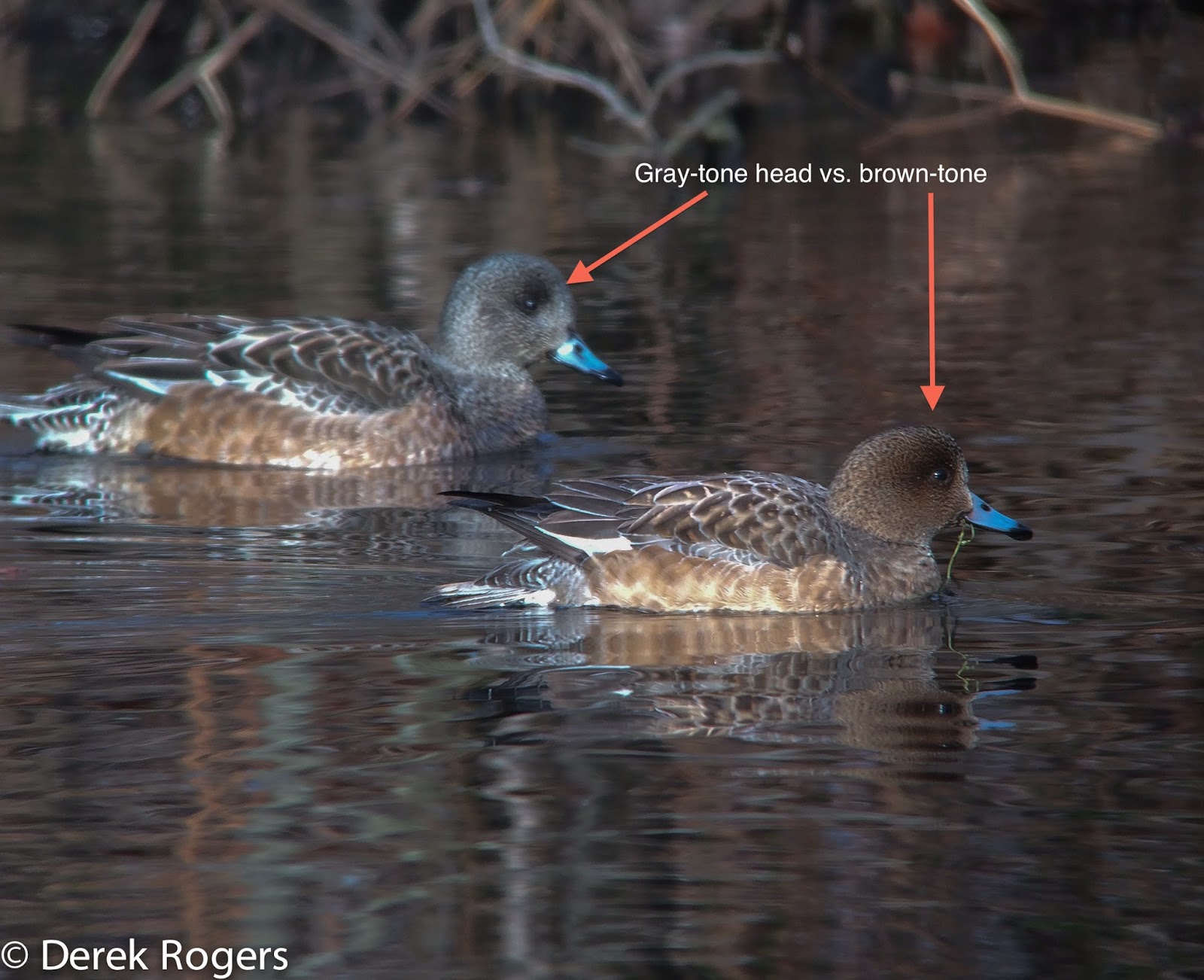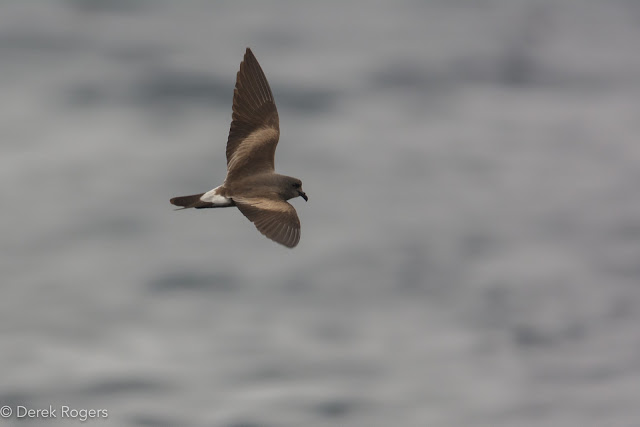Finding the Right Anser
Finding the right Anser is not an easy task. Then again, that all depends on which one you are looking for. In New York State, the "right Anser," as I see it, is the Pink-footed Goose (Anser brachyrhynchus). I last laid eyes on a Pink-foot almost a year ago, after I reported one on 2/21/12 in Holtsville, NY. I detailed many goose herds leading up to that day, I couldn't pass up on any herd, and it finally paid off. It was great to study this rare visitor from eastern Greenland. One of my earliest blog posts was written about this goose. Story and photos can be seen here: http://dereksnest.blogspot.com/2012/02/pink-footed-goose.html
You never know which rarity a goose flock might hold, whether its the needle in a haystack Pink-footed Goose, a Barnacle, White-fronted, or Cackling, its always a fun challenge. They usually say, the more geese the better when searching for a rarity, but this doesn't always hold true. There are plenty of single rarity records involving 100 Canada's or less. So detail every goose flock, big and small! Geese travel in sub flocks and you never know where they might end up. Its a game of chance. You can detail thousands upon thousands of geese and come up empty. You can crack the roost code, you can find where the herd forages, but the needle in a haystack will find you. Usually when you're least expecting it.
Moving on from the genus Anser, I'd like to highlight another one of my favorites, which is Branta leucopsis, commonly known as the Barnacle Goose. Barnacles have a similar story to Pink-foots in that most sightings used to be considered escaped captives from bird collectors and game farmers. Plus Barnacles also breed in Greenland. It wasn't until recent research when we began to realize that these geese are very likely from wild populations. Of course, this was good news for birders and listers, and Barnacle Geese now cause annual excitement across Long Island. And they are really cool to look at. On 12/15/12, after my Northern Nassau Christmas Bird Count, my friend Chase and I discovered a Barnacle Goose at St. Charles Cemetery in Wyandanch, NY. There was a Barnacle located here a couple of years ago, and prior to that as well. A good indication that this might be the same individual, following its old winter migration path. Barnacles are fairly easy to pick out in a crowd, as long as their petite body isn't hidden behind the larger Canada Geese.
Now moving onto the very common Canada Goose, which I really enjoy. They are full of personality and you can learn a lot about goose behaviour simply by observing herds, sub-herds and how they associate with one another. Searching for the rare geese always leads me to learning more about Canadas. You begin to notice variations in size, color, bill length, neck length, etc. There are many subspecies of Canada Geese which were interbred and restocked in an effort to rebuild the population back in the mid-1900's when they were demolished by over hunting. This adds to the confusion of identifying sub species, which was never an easy task to begin with. Not long ago, I noticed a small herd of geese in my Holtsville field. The herd of 4 or 5 birds appeared as a buffy, brownish color. I searched and searched for any matching subspecies that shows this coloration with no avail. I was intrigued by these birds and ending up sharing my photos with a researcher from Denmark, Tony Fox, who I've met through reporting Greenland banded Canadas (another story that I'll touch on). Tony was also intrigued by these photos and shared them with some fellow North American colleagues, who are experts in our goose populations and sub species. The consensus was in that the birds I photographed were likely a family group that spent a lot of time foraging and loafing in tannic waters. It always pays to keep an open mind in all aspects of birding, and it also helps to have contacts with some really sharp birders.
 |
| Canada Geese showing a brownish buffy tone - a family group that likely spent a lot of time foraging and resting in tannic water. |
A nice reward when detailing Canada Geese is finding one that was collared in Greenland. In July, 2009, 68 Canada Geese were captured, collared and banded in West Greenland as part of a research project. The question is, where will these geese spend their winters? Well it turns out, many Greenland Geese are coming to Long Island and foraging within our parks, golf courses, athletic and farm fields. This season, I've reported 9 separate individuals that were banded from the July 2009 West Greenland program. This is exciting to be a part of and really is a tremendous contribution to understanding geese and their movements within North America. A very rewarding experience and Tony Fox, one of the researchers, couldn't be more enthusiastic about his work. I am glad to have been able to contribute to this study and several of my reported birds had never been reported off their territory in Greenland.
While on the subject of Canada Geese I can't forget to mention Cackling Goose, once a known sub-species of Canada Goose but has since been split into its own. Cacklings also come in many forms but more or less look like a petite Canada Goose with a stubby bill. Kind of like Snow Goose/Ross's Goose comparison. You usually have to search for a bit to pick out a "cackler" as they blend in pretty darn well with the Canadas. I've personally gotten a lot better at finding Cackling Geese this year, and this is purely a result of seeing and detailing more of them when the opportunities have risen. I'm starting to find that cacklers now "trip my scope" during scans. The key is the bill size and shape. There are many small Canada Geese, in fact, I've seen Cackling sized Canadas. If the bill isn't short and stubby, its not a cackler. Picking out this goose is always a fun challenge.
 |
| Cackling Goose, same as above, shown next to Canada Goose. See size comparison. iScoped with Meostar S2 Spotting Scope and Meopix Adapter |








Comments
Post a Comment